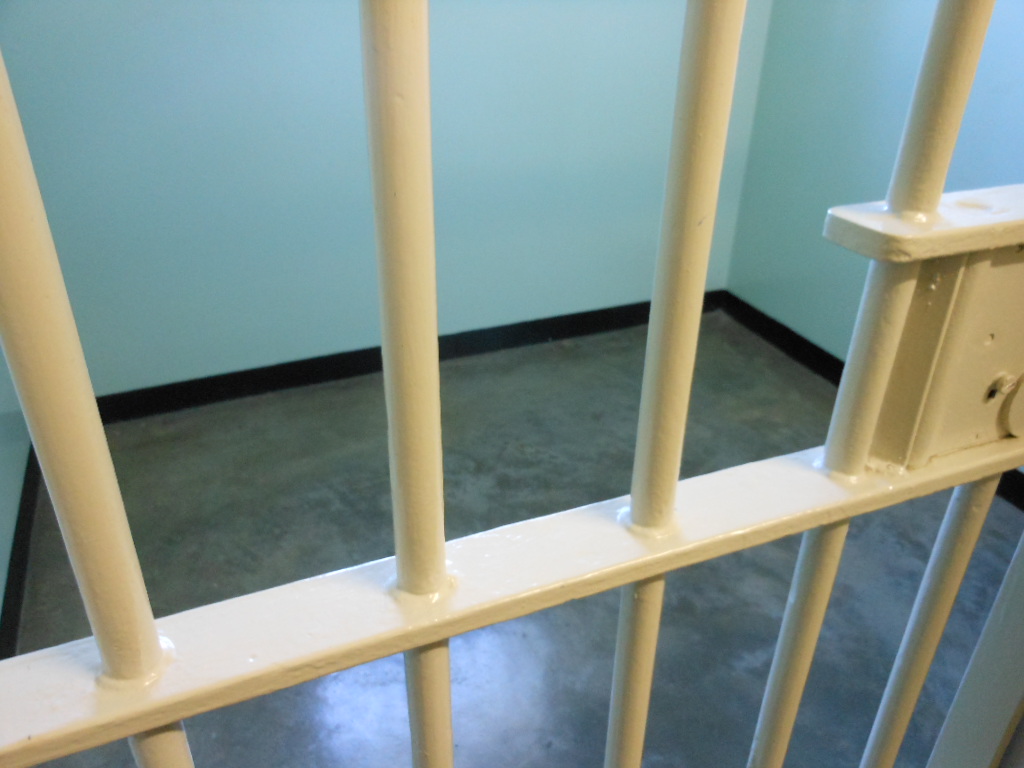
Restorative Justice, simply put, is concerned with conflict resolution and the repairing of harm caused by anti-social behaviour and crime. It involves the offender accepting responsibility and apologising to the victim. It is good value for money and can provide great benefits to victims and offenders.
Meeting face to face can be a powerful and rewarding experience for both offenders and victims. It has the potential to reduce stress, trauma and improve self-esteem and achieve reductions in reoffending. In relation to research I have been involved in, victims of some very serious offences including burglary, assault and robbery have benefited from speaking directly to their offenders, explaining how much harm has been caused. In a number of cases, we found offenders listened and apologised directly to their victims. The offenders tended to find it difficult to deal with the fact that they had caused so much harm to another person. For example one offender said: “this is worse than sitting in front of a judge and worse than any sentence a judge could give to me”. In a different case the victim of a section 20 assault and offender met in the prison. The victim did have some questions answered and felt relieved after taking part as they had a better understanding as to why the crime happened. The genuine remorse made the victim feel calmer.
However, there can be problems, especially if offenders are coerced or pressured into accepting a restorative justice intervention. Victims could feel re-victimised and become more fearful. Offenders may be at risk also if victims feel resentful, seeking revenge or excessive punishment. Despite these concerns, the Justice Select Committee recently published a report proposing that all people in the UK should have a legitimate right to access restorative justice. However MPs argued that it is too much of a postcode lottery at present, creating unfairness for both victims and offenders. I welcome the call to expand access to restorative justice. However, I have some concerns:
- What if people feel dissatisfied and disengage with the process of reconciliation – could it be counterproductive? In other words, could issues be amplified despite the benign intentions of facilitators and supporters?
- What if there are doubts regarding offender capacity to engage in the process due to, for example, limitations in terms of brain development or acquired head injury?
- Could due process and proportionality be compromised?
- Isn’t the offender also the victim, especially as many have suffered loss, trauma and abuse?
- Are the correct assessments done on both offender and victim – we know that not all victims are “nice people” nor all offenders unpleasant ones?
- Can restorative justice simply reinforce power differentials, particularly for children?
Some offenders may not meet with their victims for sincere intentions. And despite an offender showing remorse, the victim may not accept the apology possibly exacerbating anger and distress for both parties. However, practitioners properly trained in the use of restorative justice have a fundamental part to play in ensuring offenders and victims do not enter into it for the wrong reasons. As Jon Collins CEO of the Restorative Justice Council has said, quality restorative justice provides the victim with a voice and a chance to move on with their lives. But as Gareth Jones former Chair of the Association of Youth Offending Team Managers has said restorative justice should not be regarded as a cheap “quick fix”. Like all tools, it needs to be expertly utilised in appropriate circumstances to ensure positive outcomes. It should of course be available to all who wish to utilise it if a fair and equitable service is to be achieved.
Sean Creaney is a Lecturer in Psychosocial Analysis of Offending Behaviour in the Faculty of Health & Social Care at Edge Hill University. He is an advisor at the social justice charity Peer Power, a Trustee at the National Association for Youth Justice, and a PhD candidate at Liverpool John Moores University. He also writes The Youth Justice Blog in Children and Young People Now.
